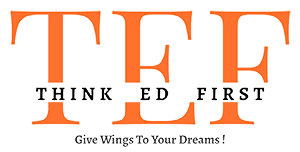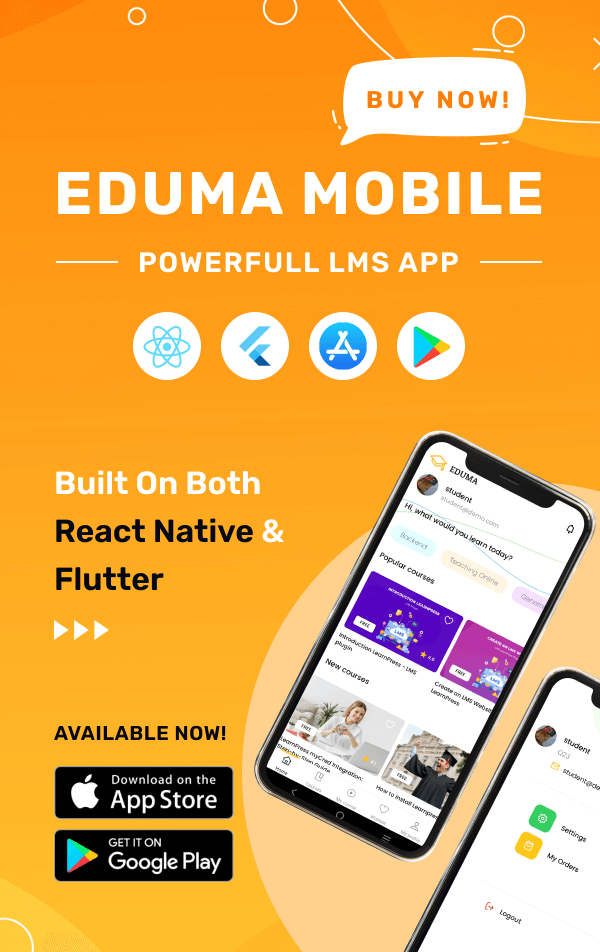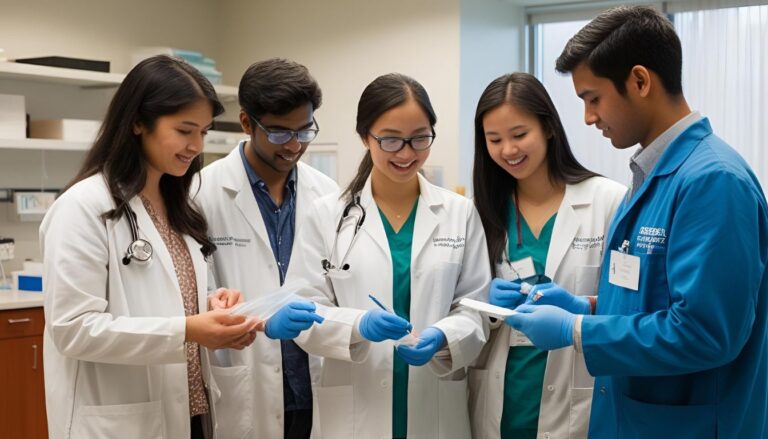Have you ever wondered how medical students from Bangladesh can successfully navigate the challenges of the USMLE while completing their MBBS? This question is crucial for those aiming to build a career in the United States. The journey is demanding, but with the right strategy, it’s entirely achievable.
The USMLE, introduced in 1994, is a three-step exam that evaluates a medical student’s readiness to practice in the U.S. Recent changes, like the discontinuation of Step 2 CS in 2021, have simplified the process. However, international graduates face a first-time pass rate of only 73% for Step 1, making early preparation essential.
Starting your prep during the third year of MBBS aligns perfectly with academic timelines. This approach ensures you balance your studies while building a strong foundation for the exams. With the right resources and guidance, you can turn this challenge into a strategic advantage.
Why USMLE Matters for MBBS Students in Bangladesh
The path to a global medical career often begins with a rigorous licensing process. For students from Bangladesh, this journey involves clearing the licensing examination required to practice in the U.S. This step is not just a formality but a gateway to expanding professional horizons.
The Role of USMLE in Global Medical Careers
Medical students aiming to practice in the U.S. must pass all three steps of the licensing examination. This process ensures they meet the standards required for safe and effective patient care. For international graduates, the challenge is greater, with a first-time pass rate of 73% for Step 1 compared to 94% for U.S. MD graduates.
Success in these exams opens doors to residency programs in the U.S., which are highly competitive. A strong performance can significantly improve placement chances, especially for international medical graduates (IMGs). Additionally, obtaining ECFMG certification is a mandatory step for IMGs before taking Step 1 and Step 2 CK.
Advantages of Early Preparation During MBBS
Starting preparation during the third year of medical school offers several benefits. It allows students to align their studies with the exam syllabus, ensuring a strong foundation in both clinical and foundational sciences. Early preparation also reduces stress by spreading the workload over a longer period.
For example, a Bangladeshi graduate who matched into a U.S. internal medicine residency shared that consistent study during medical school was key to their success. This approach not only helped them clear the exams but also secured a competitive residency position.
| Category | Step 1 Pass Rate |
|---|---|
| U.S. MD Graduates | 94% |
| International Graduates | 73% |
For those considering a career in the U.S., it’s worth noting that physicians there earn significantly higher salaries compared to domestic practice. This financial incentive, combined with the prestige of working in a globally recognized healthcare system, makes the effort worthwhile.
If you’re exploring options for studying medicine abroad, check out this guide on MBBS without NEET for Indian students. It provides valuable insights into accredited programs and the importance of exams for international graduates.
Understanding the USMLE Steps
Breaking down the steps of the exam helps students focus on specific areas of improvement. Each step evaluates different aspects of medical expertise, from foundational sciences to advanced patient management. Here’s a detailed look at what each step entails.
Mastering Foundational Sciences
The first step focuses on foundational sciences. It’s an 8-hour exam with 280 multiple-choice questions. Key subjects include pathology (25%), biochemistry (15%), anatomy (15-20%), and pharmacology (10-15%).
This step tests your ability to apply basic science concepts to clinical scenarios. Most students spend 6-9 months preparing for it, ensuring a strong grasp of the material.
Clinical Knowledge and Skills
The second step is divided into two parts: Clinical Knowledge (CK) and Clinical Skills (CS). CK is a 9-hour exam with 316 questions across 8 blocks. It covers topics like general medicine, paediatrics, and surgery.
CS, on the other hand, assesses your ability to interact with patients through role-play scenarios. Both parts emphasize practical application of clinical knowledge and skills.
Final Licensing Hurdle
The third step is a two-day exam designed to test advanced topics. Day 1 includes multiple-choice questions, while Day 2 focuses on patient management simulations. You’ll handle 13 cases, simulating real-world scenarios.
This step evaluates your readiness to practice independently. It’s the final hurdle before obtaining your license to practice in the U.S.
- Step 1: Focus on pathology, biochemistry, and anatomy.
- Step 2 CK: Covers general medicine, paediatrics, and surgery.
- Step 3: Includes patient management simulations and advanced topics.
Eligibility and Registration for Bangladeshi Students
Understanding the eligibility and registration process is crucial for medical graduates aiming to practice abroad. Meeting the requirements and navigating the application steps can seem overwhelming, but with the right guidance, it becomes manageable.
Academic Requirements and ECFMG Certification
To begin, medical graduates must ensure their school is listed in the World Directory of Medical Schools (WDOMS). This verification is mandatory for eligibility. Additionally, obtaining ECFMG certification is a key step. This involves submitting Form 183, which must be signed and stamped by the Dean of your medical school.
The certification process includes paying a $150 fee. Once verified, you’ll receive an ECFMG ID, which is essential for the next steps. Without this, you cannot proceed with the application.
Navigating the USMLE Registration Process
The registration process involves several steps. First, create an ECFMG account and fill out the application. Next, pay the required fees, which include $940 per step and an additional $85 for region changes. Rescheduling fees can go up to $140 for Steps 1 and 2.
After submitting Form 183, it typically takes 6-8 weeks to receive a scheduling permit. Common reasons for rejection include signature mismatches or schools not listed in WDOMS. To avoid delays, ensure all documents, such as MBBS mark sheets and internship completion proof, are accurate and complete.
- Step-by-step Form 183 submission with Dhaka courier recommendations.
- Fee breakdown: $940 per step, $150 for certification, and $85 for region changes.
- Common rejection reasons: Signature mismatches, non-WDOMS colleges.
- Timeline: 6-8 weeks for scheduling permit after document submission.
- Essential documents: MBBS mark sheets, internship completion proof.
USMLE Preparation Bangladesh MBBS: A Strategic Study Plan
Creating a structured study plan is essential for medical students aiming to excel in their exams while managing their degree coursework. Balancing these demands requires careful planning and the right resources. Here’s how to approach it effectively.
Balancing MBBS Studies with USMLE Prep
Balancing your medical school classes with exam preparation can be challenging. Start by integrating your study sessions into your daily routine. For example, dedicate 3 hours daily to focused prep after your regular classes. This approach ensures you cover both your degree syllabus and exam material without feeling overwhelmed.
Align your study schedule with your semester exams. This way, you can reinforce concepts from both areas simultaneously. A Dhaka Medical College student shared that this strategy helped them manage their time efficiently and achieve success in both their degree and the licensing exam.
Recommended Resources and Qbanks
Choosing the right resources is crucial for effective preparation. UWorld and First Aid are highly recommended for their comprehensive question banks and detailed explanations. These tools help you practice and understand key concepts thoroughly.
Here’s a comparison of popular resources:
| Resource | Cost | Features |
|---|---|---|
| UWorld | $699 | Comprehensive Qbank, detailed explanations |
| First Aid | $65 | Concise review, high-yield content |
| Amboss | $500 | Integrated library, clinical case studies |
Utilize Qbanks by completing two passes and logging errors to identify weak areas. This method ensures you focus on improving your performance.
Creating a Realistic Timeline
A well-planned timeline is key to staying on track. For most students, a 12-month preparation period works well. Break this into phases, starting with foundational topics and gradually moving to advanced concepts.
Here’s a sample timeline:
- Months 1-4: Focus on foundational sciences and complete the first pass of UWorld.
- Months 5-8: Shift to clinical knowledge and start the second pass of Qbanks.
- Months 9-12: Practice simulations and review weak areas.
By following a structured plan, you can balance your medical school studies and exam preparation effectively. This approach not only saves time but also boosts your confidence for the exams.
Overcoming Common Challenges
Managing time and stress is crucial for success in high-stakes medical exams. Balancing rigorous studies with personal well-being can be overwhelming, but with the right strategies, it becomes manageable. Let’s explore practical tips to tackle these challenges effectively.
Time Management Tips for Busy Students
Effective time management is key to balancing studies and exam preparation. Start by prioritizing tasks using the Urgent vs Important matrix. Focus on high-priority activities like revising core subjects and practicing mock tests.
Here’s a sample breakdown of daily tasks:
- Morning: Review foundational sciences for 2 hours.
- Afternoon: Attend practical classes and clinical rotations.
- Evening: Solve Qbank questions and log errors for improvement.
Additionally, the Pomodoro technique can help maintain focus. Work for 25 minutes, then take a 5-minute break. This method boosts productivity and reduces burnout.
Dealing with Exam Anxiety and Stress
Exam stress is common, but it can be managed with mindfulness and relaxation techniques. Apps like Calm and Headspace offer guided meditation sessions to help you stay calm and focused.
Regular exercise and a balanced diet also play a vital role in reducing stress. Physical activity releases endorphins, which improve mood and mental clarity. Don’t forget to take breaks and engage in social activities to maintain a healthy work-life balance.
Budget Planning and Residency Application Timeline
Preparing for exams and residency applications involves significant expenses. On average, the total cost can reach ₹19 lakh, including exam fees, travel, and study materials. Here’s a detailed breakdown:
| Expense | Cost |
|---|---|
| Exam Fees (Steps 1 & 2 CK) | ₹1.5 lakh |
| Travel (3 US trips) | ₹10 lakh |
| Study Materials | ₹2 lakh |
| Residency Interviews | ₹5.5 lakh |
Plan your budget carefully to avoid unnecessary expenses. Start saving early and focus on essential resources like Qbanks and review books.
Building a Support Network
Connecting with peers and alumni can provide valuable insights and emotional support. Join online forums and local study groups to share resources and experiences. Networking can also open doors to mentorship opportunities, which are crucial for residency applications.
For more tips on managing exam stress and improving performance, check out this guide on how to pass FMGE in the first. It offers practical advice on creating a structured study plan and staying motivated.
Conclusion
Achieving a medical career in the United States is a dream for many international graduates. The final step, Step 3, is crucial for obtaining an H-1B visa and advancing toward residency. With a 97% pass rate for U.S. MD graduates and 78% for IMGs, it’s essential to prepare thoroughly.
The long-term benefits are significant. Attending physicians in the U.S. earn an average salary of $230,000 to $350,000 annually. However, remember that there are attempt limits—three tries within 12 months, with a six-month cooling period after each failure.
After Step 1, consider joining U.S. clinical experience (USCE) programs to strengthen your application. For those scoring 240 or higher, the residency match rate for IMGs is 62%, offering a strong chance to secure a position.
By following the checklist—ECFMG certification, Steps 1-3, residency, and state licensing—you can turn this challenging journey into a rewarding career in the United States.





